Cultivation Methodology
Advanced Methodologies in Tissue Culture for Optimal Teak Yield
WE DO NOT HAVE ANY BRANCHES, FRANCHISES, MEDIATORS OR AGENTS.
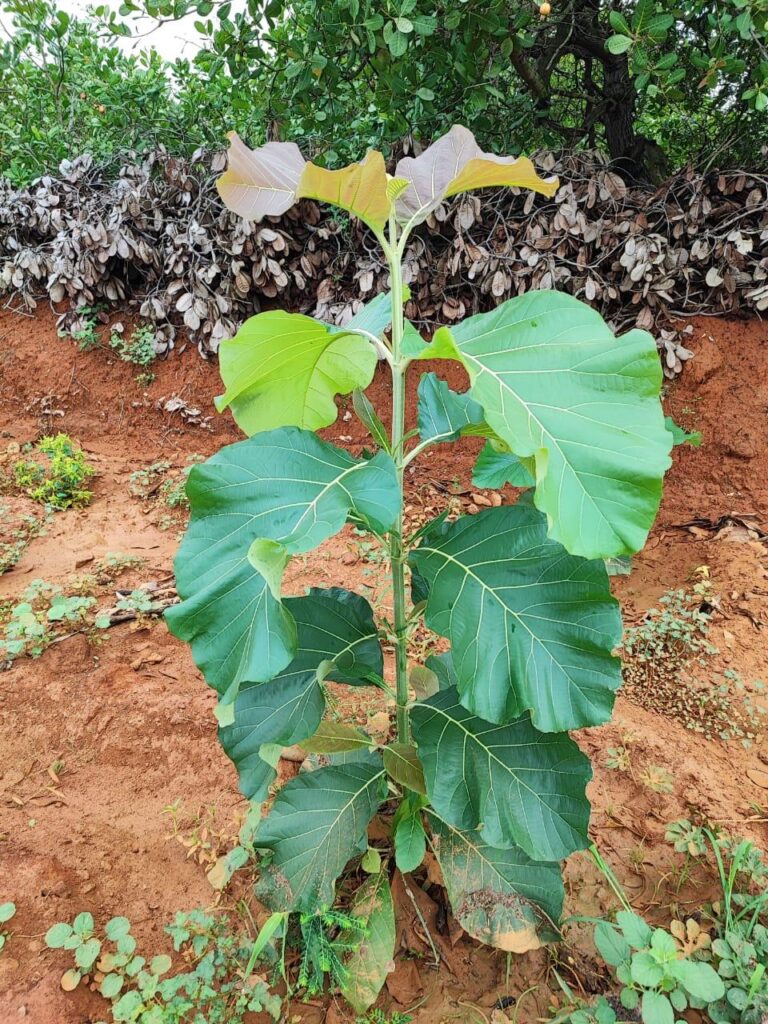
Cultivation Methods At Mother Agri Biotech
Teak Cultivation Methods / Methodology is based on these major steps or processes.
01
02
03
04
05
06
01
02
03
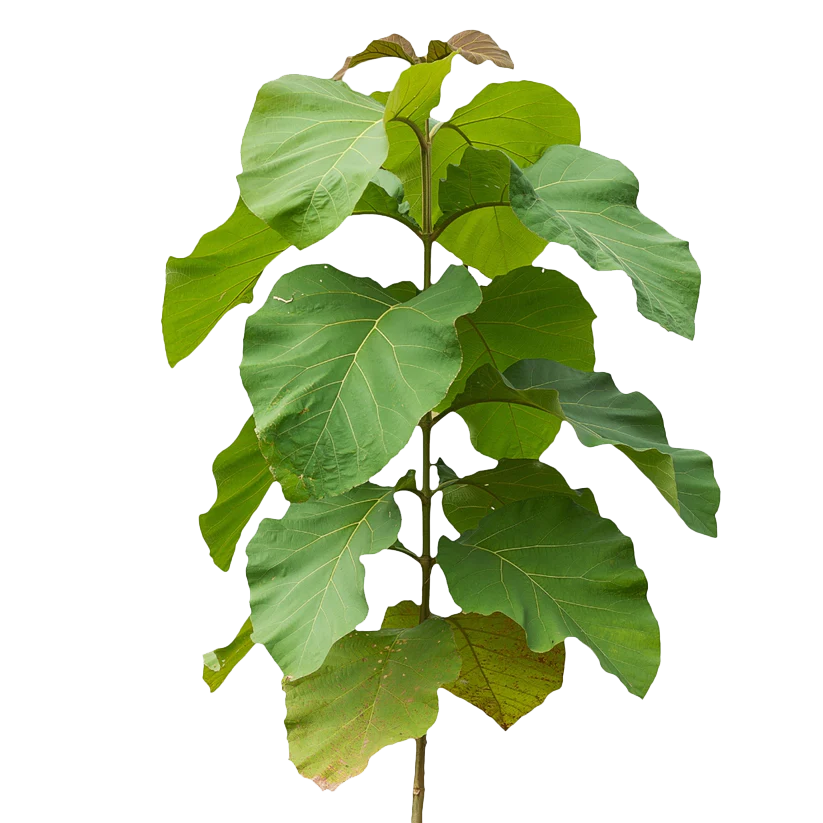
04
05
06
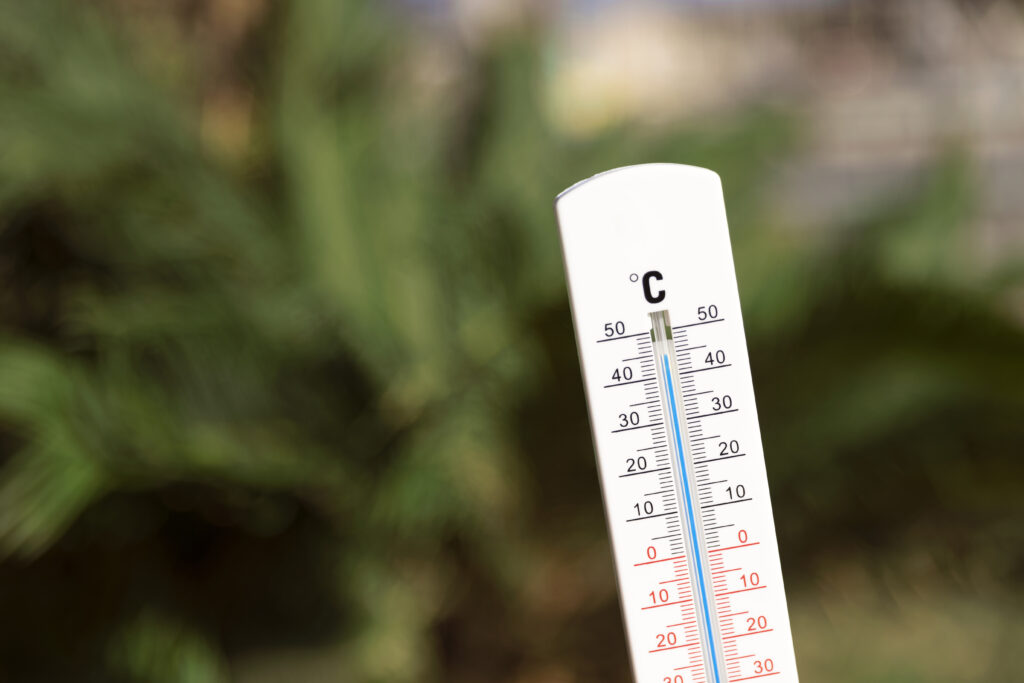
Step 1
Temperature and Planting Time:
Teak is a tropical plant that thrives in all tropical and sub tropical zones allowing the teak trees to develop healthily and robustly.
Step 2
Soil Suitability & Alignment Of Saplings :
Indian climate and soil are naturally suitable for teak. Amendments to the soil will be provided for enhanced growth. Ensuring the right soil conditions is key to successful teak cultivation and achieving high-quality yields.
For optimal growth, align teak saplings with a spacing of 10 ft x 10 ft, allowing for 440 plants per acre. This spacing ensures that each sapling has ample room to develop fully, promoting healthy growth and maximizing the plantation’s productivity.
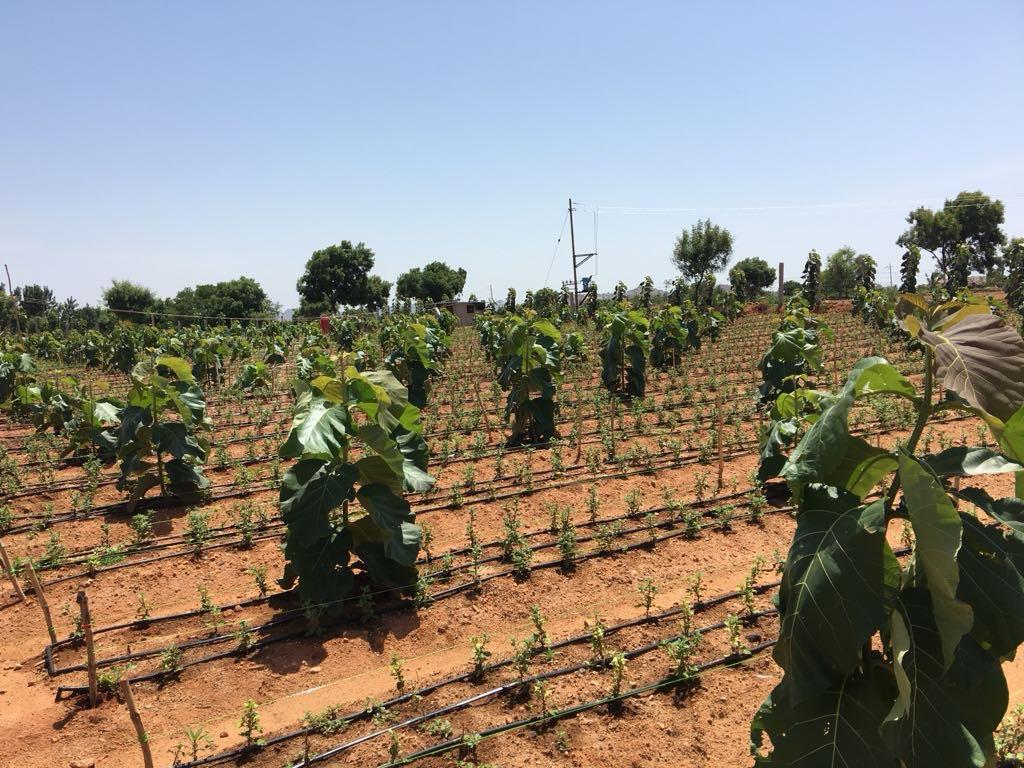
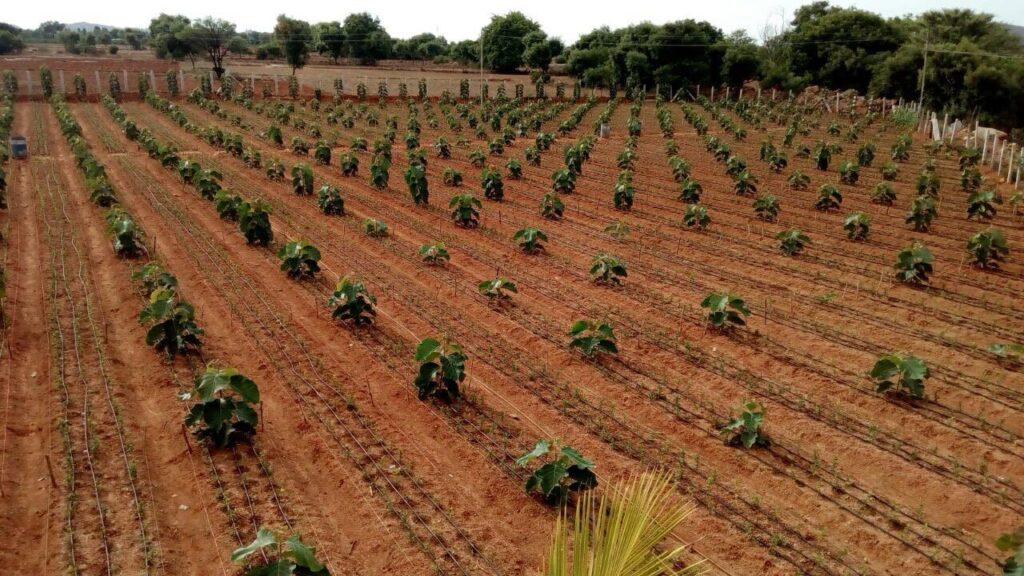
Step 3
Planting the Sapplings :
Ploughing has to be done 1 time for the entire field of plantation. 1½ × 1½ × 1½ ft size pits has to be made. Mud taken from the pit should be mixed with dry cow-dung or Vermi compost which would be used as manure to be filled in the pits. Once the pits are ready, the plant saplings are removed from the polybag without damaging the roots of the saplings and planted in middle of the pit.
Check that there are no cracks in the soil
The root of the sapling should be covered with mud in a pyramid shape.
While planting, irrespective of the height of the plant only 4 inches should be above the ground and rest of the plant should be under ground
Step 4
Water Management:
Water saplings immediately after planting. Drip irrigation is recommended for teak plants, providing consistent moisture and nutrient absorption while reducing weed growth. Water the plants generously for the first month, then twice a week from the 2nd to 5th month, and once every 6 days from the 6th to 11th month.
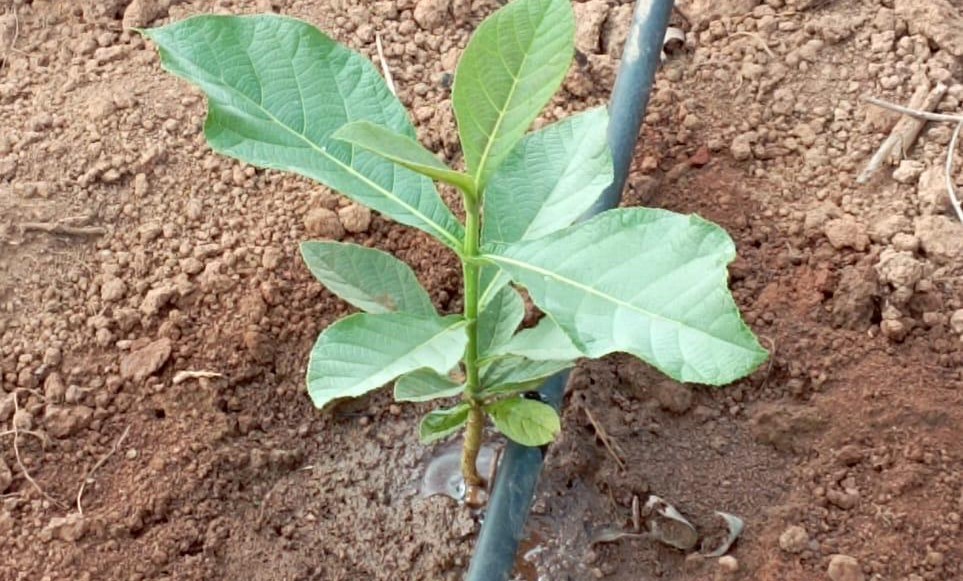

Step 5
Nutrition Management :
Nutrition management is critical in teak plantation, as it relies heavily on soil nutrients and specific requirements at various developmental stages. Adequate nutrient supply is essential for the healthy growth of teak plants. Regular soil analysis is necessary to identify and address any deficiencies, ensuring optimal plant health and productivity. Proper care and nutrient management are depicted in the accompanying pictures.
Step 6
Weed Control :
Effective weed control is crucial in teak plantation, especially during the first year after planting. Managing weeds ensures that teak saplings receive more nutrients and grow without competition. Proper weed control practices enhance plant health and contribute to increased yield, allowing the teak trees to thrive and develop robustly.

THE METHODOLOGY
Other Important Steps in Teak PlantationFirst Year
Bed Raising: Raise the beds to avoid plants falling due to wind.
First Deep Inter Ploughing: In the month of July, before the onset of the monsoon, conduct the first deep inter ploughing. Immediately after ploughing, carry out soil work for a 1.5 feet diameter around the plant. Stabilize the plant by packing it with mud so that only one-third of the total plant is exposed above the ground.
Soil Upturning: Perform soil upturning in the month of September.
Fertilizer Application: At the end of September, apply a mixture of 10 grams of DAP, 5 grams of Urea, and 3 kg of Vermi compost per plant.
Second Deep Inter Ploughing: Conduct the second deep inter ploughing at the end of October.
Soil Upturning: Perform soil upturning in the month of March to protect the plants from the coming summer.
Second Year
Deep Inter Ploughing: Perform deep inter ploughing of the field as done in the first year, ensuring the soil is thoroughly turned to support healthy plant growth and nutrient absorption.
Fertilizer Application: Apply 20 grams of DAP, 15 grams of Urea, and 10 kg of Vermi compost per plant. This ensures optimal nutrient supply to enhance plant growth and development.
Third Year
Deep Inter Ploughing: Perform deep inter ploughing of the field each year as done in the first year. This practice is essential for maintaining soil structure and supporting healthy plant growth.
Fertilizer Application: Apply 50 grams of DAP, 25 grams of Urea, and 10 kg of Vermi compost per plant annually. This balanced nutrient mix promotes optimal growth and strengthens plant development.
Fourth, Fifth, and Sixth Year
Deep Inter Ploughing: Carry out deep inter ploughing every October to enhance soil structure and promote root development. This practice is crucial for maintaining optimal growing conditions for the trees.
Soil Upturning: Perform soil upturning in March to prepare the soil for the upcoming summer. This helps improve soil aeration, reduces compaction, and supports healthier tree growth during the hot season.
Fourth, Fifth, and Sixth Year
Deep Inter Ploughing: Perform deep inter ploughing each September to maintain soil health and support continued growth. Ensure the process is thorough to optimize plant development throughout these years.
